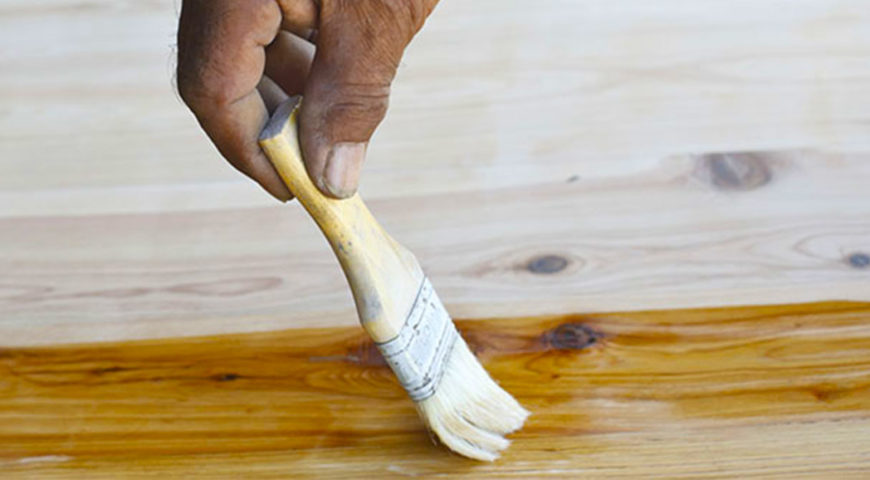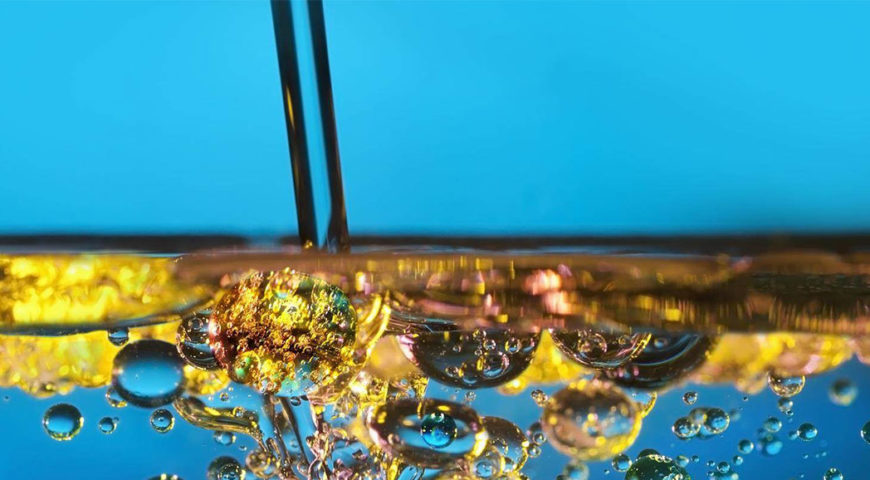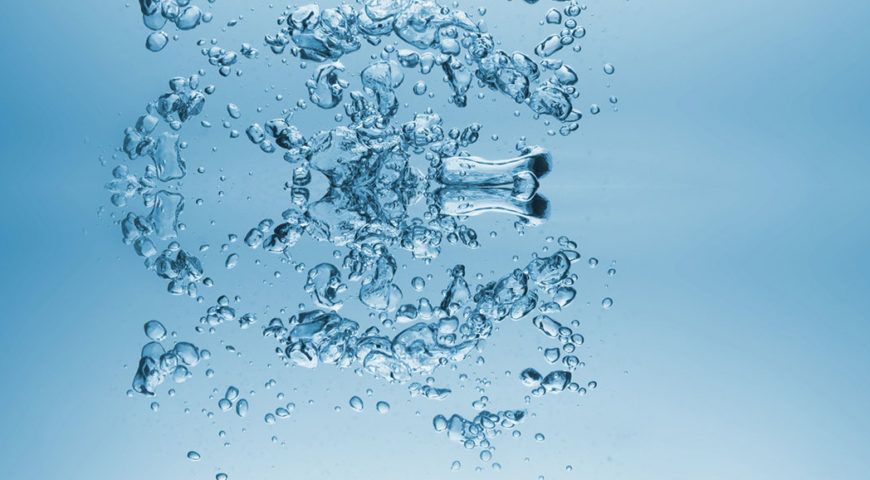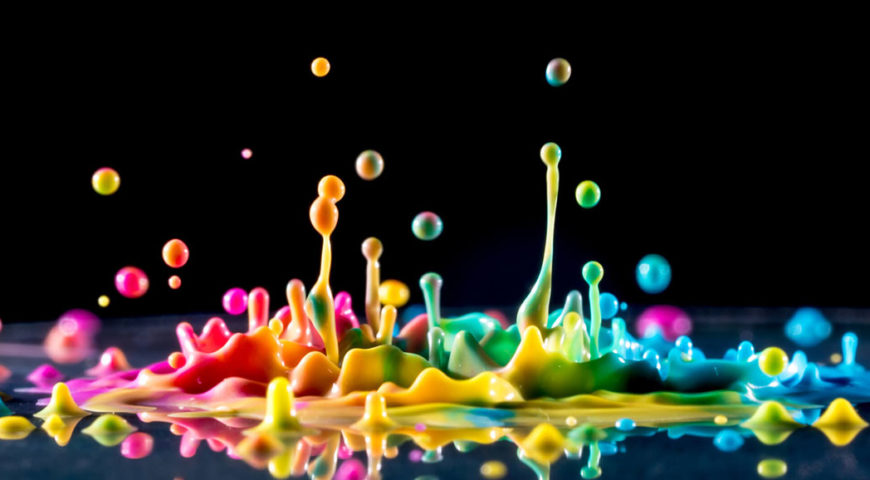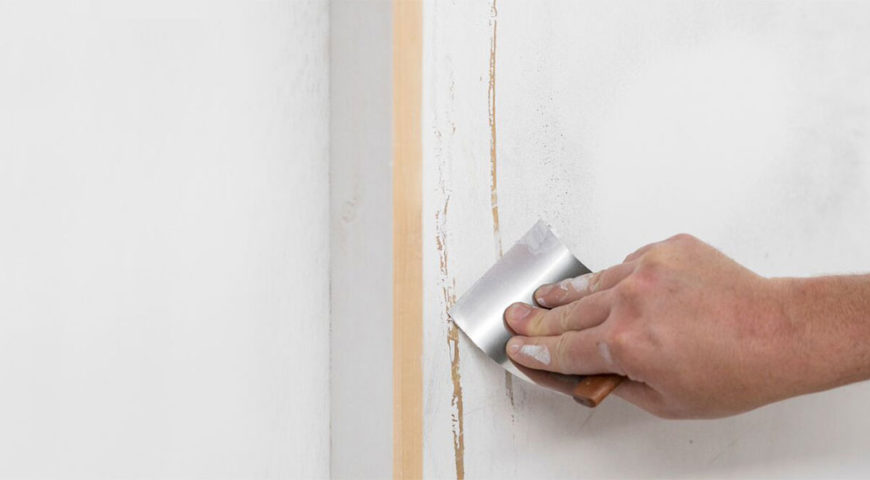The wood used for furniture, flooring & other interior decoration is particularly susceptible to abrasion, scratches & general soiling, as well as water & chemical staining. To protect the sensitive substrate, wood coatings must serve as a strong barrier against external threats. Of course, they must also impart high gloss and other decorative touches.
Surfactants encompass a variety of compounds that are used in various ways. The ‘surface-active agents’ as the name implies, are the compounds used to alter surface phenomena. These chemicals will reduce tension & improve wetting & spreading (dispersants).
Normal water is the water which is easily available to us. It can be water which is provided by government/corporation or procured from wells, rivers, canals etc. This water contains many free salts & minerals like Ca(HCO3), CaSO4, MgSO4, CaC12, NaCl, SiO2, this can vary from source to source & place to place.
After having evaluated a range of extenders, it has been observed that some improvement in TiO2 utilization is possible, although the claims of 20 to 30% saving of TiO2 could not be fully substantiated when all the major paint properties were considered.
The best paints won’t give value satisfaction if the job isn’t done right. Not doing it right invariably shows, sooner rather than later. But the blame is usually put on the quality of paint. To begin with, therefore, it’s best to watch out for painting defects and know how to solve them & educate the painter.
Vehicle is the phase in which pigment is dispersed, often a solution of binder, solvent and additives. Vehicle separation is a type of settling caused because of excessive wetting of the pigment. It is also called as soft settling. In this it is easy to re-disperse the settled particles back into the medium, only to settle again. Excessive wetting of the pigments can be because of:

